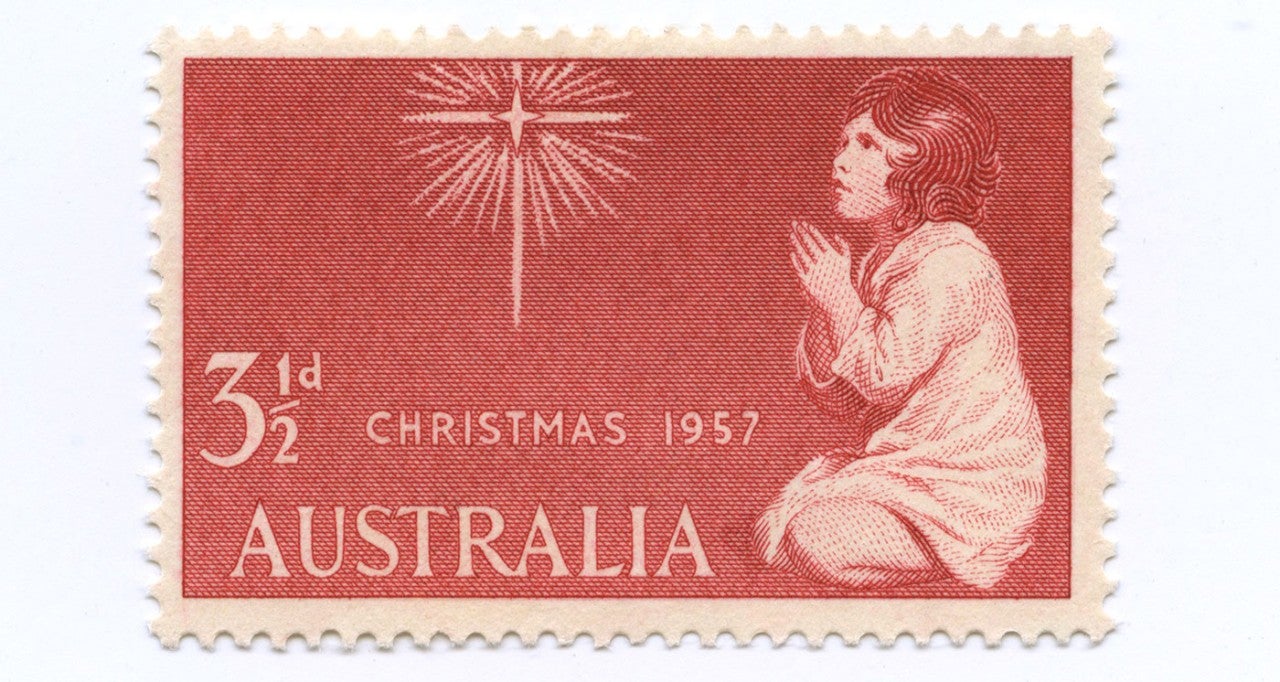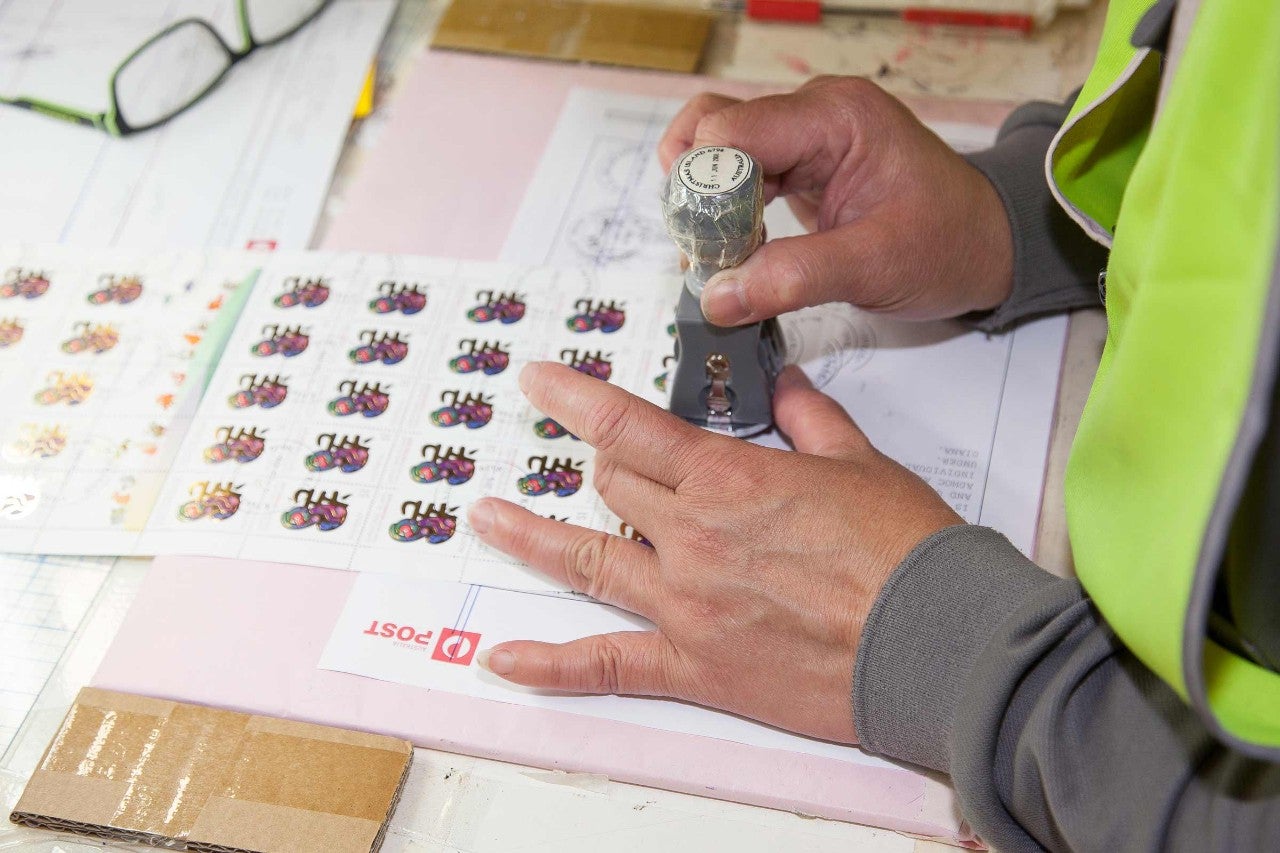
11 November 2015 | 3 mins
Stamp collecting has its own unique set of terms and phrases. This guide will help you understand the most common terms.
As you start your collection, you’ll come across many different characteristics of stamps.
A mint stamp is a stamp that's in pristine condition, exactly as it was issued by Australia Post. Its gum or adhesive remains intact, and it hasn't been used or postmarked. Many collectors favour mint stamps for their perfect condition and higher value.
The edges of stamps, known as perforations, vary between stamp types. A regular perforated stamp has rows of small holes (perforations) around the edges, making it easy to tear from a sheet. A semi-imperforate stamp has perforations on some sides but not others. Fully imperforate stamps have no perforations at all, with smooth edges on every side. They must be cut from the sheet with scissors.
Fully imperforate and semi-imperforate stamps are designed as collectables, offering something unique for collectors. You can still use fully imperforate stamps for postage if they're posted in their original format. When included in a minisheet, they remain valid for postage as long as the minisheet is intact. Regular perforated stamps are also wanted by collectors, but generally when they’re in mint condition.
Perforations can also indicate whether a stamp is self-adhesive or gummed. Self-adhesive stamps have a peel-and-stick backing, and their perforations are die-cut, often flat along the top and bottom and wavy on the sides. Gummed stamps have a lick-to-stick backing, with tiny, uniform holes around all edges. Both types are popular among collectors and valued by philatelists.
Collectors want to be certain about the authenticity and condition of the stamps they purchase. That’s why in 2008, as part of our CI Lunar New Year Year of the Rat PNC (Postal and Numismatic Cover), we introduced the Seal of Authenticity. This Australia Post branded sticker is placed on the back of the stamp and includes a unique DNA authenticity code and certification number, ensuring it’s an official Australia Post product.
There are other markings that can help you identify the condition of a stamp. A First Day of Issue (FDI) postmark is a black ink marking applied to a stamp on its day of issue, when it’s first released for public use. While it can be applied to every stamp going through the postal system, many collectors value these postmarks and like to pair a new stamp with its unique FDI in their collection. When a stamp is postmarked without having been used to send mail, it’s known as Cancelled to Order (CTO).
Special packs and cards are other items that appeal to collectors.
A stamp pack is a presentation pack containing a set of mint stamps. These packs are produced for all stamp issues that feature two or more designs and often include a miniature sheet when issued. Stamp packs are designed to be kept in their original packaging, with see-through mounts and background information that make them appealing to collectors.
You can explore stamp packs in more detail and purchase the latest ones on the Online Shop.
Self-adhesive stamps come as part of a collector pack, often including several stamps cut from a roll of 100 or 200, along with the different message tabs found on rolls that provide details about the issue.
The maxicard (or maximum card) is a souvenir postcard released with every new Australian stamp issue. It features the new stamp, complete with its FDI postmark, placed on top of a matching illustration or picture on the front of the card. Maxicards have a postage-paid imprint on the ‘message and address’ side, of the card, allowing them to be posted within Australia or sent by airmail anywhere in the world. You can also purchase a standard postcard with the stamp issue printed as an image on the front and pre-paid postage on the back.
View the latest maxicards and postcards on the Online Shop.
You can join our Collecting Community, read more articles and explore different stamps in the Online Shop, to gain a deeper understanding of stamp terms.
This content was produced at the time of publication and will not be updated.

11 November 2015 | 3 mins

07 December 2015 | 8 mins

30 May 2016

18 September 2025 | 13 mins